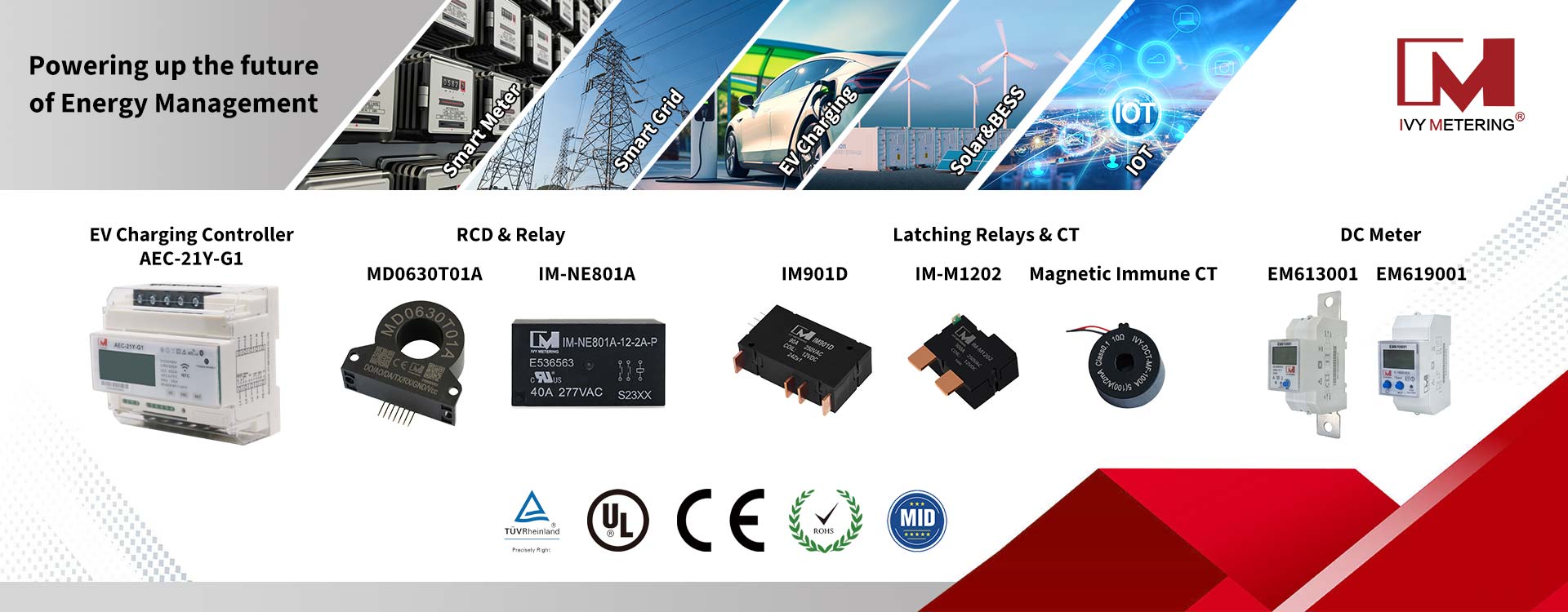Types of VGI Smart Charging
VGI means Vehicle-to-grid Integration. Different forms of vehicle-to grid integration smart charging implementation are possible – based on charging infrastructure and customer’s willingness. In a broad sense, the smart charging of electric vehicles can be divided into five forms: Uncontrolled smart charging, Basic control, V1G – Unidirectional control, V2G- Vehicle to Grid, and V2H/V2B/V2X bidirectional charging.
1. Uncontrolled but with time-of-use smart charging:
The simplest form of smart charging is the time-of-use optimization – that encourages consumers to defer their charging from peak to off-peak periods.
This time-optimized smart charging implementation is relatively simple, does not need any control from external stakeholders. However, it proves to be relatively effective at delaying EV charging until off-peak hours at low EV penetration levels.
Below experiment conducted by Mckinsey in the US shows that mid-night time-of-use smart charging optimization reduced peak grid demand close to 50%. (from +30% peak demand to +16%).
2. Unidirectional controlled charging (V1G):
V1G refers to unidirectional controlled charging where electric vehicles or charging infrastructure adjust their rate of charging based on control signals from the grid operator.
Open Smart Charging Protocol (OSCP) in combination with OCPP facilities a 24-hour prediction of the local available capacity of every region to the Charge Spot Operator. The CPO will then fit the charging profiles of the electrical vehicles within the boundaries of the available capacity.
3. Bidirectional V2H / V2B / V2X smart charging:
Vehicle-to-home (V2H) or vehicle-to-building (V2B) or vehicle-to-everything (V2X) do not typically directly affect grid performance. but creates a balance within the local environment.
The EV is used as a residential back-up power supply during periods of power outage or for increasing self-consumption of energy produced on-site (demand charge avoidance).
Unlike more mature V1G solutions, V2X has not yet reached market deployment, apart from Japan where commercial V2H solutions have been available since 2012 as back-up a solution in case of electricity black-out. (especially after the Fukushima tragedy).
4. Bidirectional Vehicle-to-grid (V2G):
Vehicle-to-grid (V2G) is one step further than controlling their demand for electricity (V1G) and using the bidirectional (dis-)charging for self-consumption (V2H/B.X). With V2G, the electric vehicles could be equipped to actually provide electricity to the grid.
The utility / transmission system operator may be willing to purchase energy from customers during periods of peak demand, and/or to use the EV battery capacity for providing ancillary services, such as balancing and frequency control, including primary frequency regulation and secondary reserve. Thus, V2G is in most applications deemed to have higher potential commercial value than V2B or V2H.
No matter VGI, V1G,V2G, V2H,V2B,V2X etc smart charging of EV, the charging types are under development and the EV charging part under hug development as well, hence welcome to discuss the knowledge of EV charging with us and know more EV electronics by www.ivy-metering.com.












